Select an Orthopaedic Specialty and Learn More
Use our specialty filter and search function to find information about specific orthopaedic conditions, treatments, anatomy, and more, quickly and easily.
GET THE HURT! APP FOR FREE INJURY ADVICE IN MINUTES
Shoreline Orthopaedics and the HURT! app have partnered to give you virtual access to a network of orthopaedic specialists, ready to offer guidance for injuries and ongoing bone or joint problems, 24/7/365.
Browse Specialties
-
- Arthritis
- Foot & Ankle
- Joint Disorders
Ankle Arthritis
Arthritis is inflammation that can cause pain and stiffness in any joint in the body. Osteoarthritis, also known as degenerative or “wear-and-tear” arthritis, is a common problem for many people after reaching middle age. It is often experienced in the small joints of the foot and ankle.
More Info -
- Hand & Wrist
- Joint Disorders
Ganglion Cyst
A ganglion cyst is a fluid-filled mass or lump. Although they can develop in various locations, the most common location is on the back of the wrist. Ganglion cysts are not cancerous. In most cases, ganglion cysts are harmless and do not require treatment. If, however, the cyst becomes painful, interferes with function, or has an unacceptable appearance, several treatment options are available.
More Info -
- Fractures, Sprains & Strains
- Pediatric Injuries
- Sports Medicine
Growth Plate Fractures
A child’s long bones do not grow from the center outward. Instead, growth occurs in the growth plates—areas of developing cartilage located near the ends of long bones. The growth plate regulates growth and helps determine the length and shape of the mature bone. A child’s bones heal faster than an adult’s so it is extremely important for your child’s injured bone to receive proper treatment immediately, before it can begin to heal.
More Info -
- Arthritis
- Hand & Wrist
- Joint Disorders
Hand & Wrist Arthritis
There are many small joints in the hand and wrist that work together to produce the fine motion necessary to perform detailed tasks such as threading a needle or tying a shoelace. When one or more of these joints is affected by arthritis, even simple activities can become difficult. Although there are many types of arthritis, most fall into one of two major categories: osteoarthritis and rheumatoid arthritis, or RA.
More Info -
- Joint Disorders
- Knee
- Pediatric Injuries
- Sports Medicine
Jumper’s Knee
Repetitive contraction of the quadriceps muscles in the thigh can stress the patellar tendon where it attaches to the kneecap, causing inflammation and tissue damage (patellar tendinitis). For a child, this repetitive stress on the tendon can irritate and injure the growth plate, resulting in a condition referred to as Sinding-Larsen-Johansson disease.
More Info -
- Pediatric Injuries
- Sports Medicine
Overuse Injuries in Children
Although the benefits of athletic activity are significant, young athletes are at greater risk for injury than adults because they are still growing. Some children play on multiple team sat the same time while others participate in one sport, all year long. Repetitive use of the same muscle groups places unchanging stress to specific areas of the body, leading to muscle imbalances that, when combined with overtraining and inadequate rest periods, can put children at serious risk for overuse injuries.
More Info -
- Minimally Invasive Surgery (Arthroscopy)
- Shoulder
- Sports Medicine
Rotator Cuff Tear & Arthroscopic Repair
When one or more of the rotator cuff tendons is torn, the tendon no longer fully attaches to the head of the humerus. As damage progresses, lifting a heavy object or other similar action can result in a complete tear of the tendon. A torn rotator cuff weakens the shoulder, making it painful and difficult to perform simple daily activities such as getting dressed or combing your hair.
More Info -
- Joint Disorders
- Knee
Unstable Kneecap (Patella Instability) Procedures
In a normal knee, the kneecap fits nicely in the femoral groove, allowing you to walk, run, sit, stand, and move easily. But if the groove is uneven or too shallow, the kneecap can slide off, resulting in a partial or complete dislocation. A sharp blow to the kneecap, as in a fall, can also pop the kneecap out of place. When this happens, the MPFL is usually torn and this makes it more likely for it to happen again.
More Info







